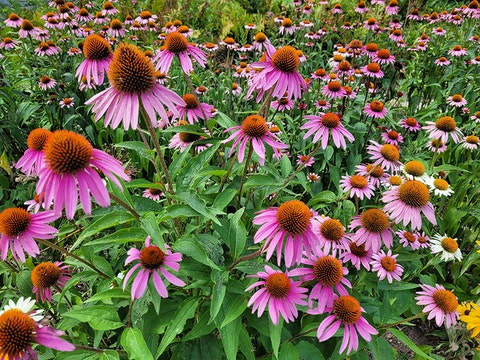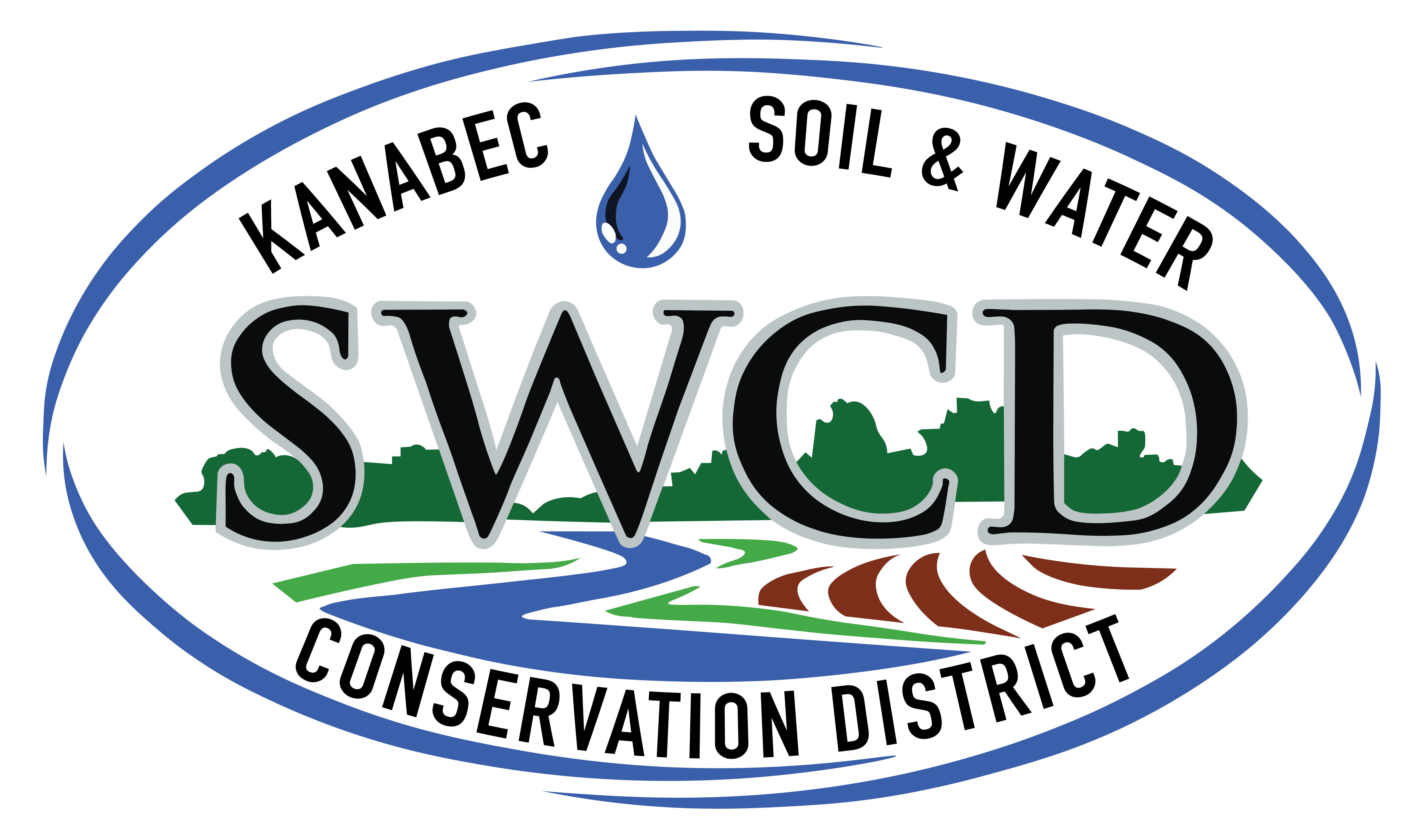Native Plants
Native plants support wildlife and sustainability in Minnesota gardens
Author: Robin Trott, University of Minnesota Extension Educator, Douglas County
April 7, 2025
Native plants have naturally evolved in a specific region over thousands of years. They are well-adapted to the local climate and soil conditions, making them easier to grow and maintain.

The “native plants” we are referring to in this article are ones that grew in North America before people arrived here from other continents, bringing their native plants with them.
Why choose native plants?
Native plants offer many benefits for both your garden and the environment. Here are a few key reasons to consider incorporating them into your landscape:
- Support local wildlife: Native plants provide essential food and habitat for wildlife, including birds, butterflies, bees, and other pollinators. Many native plants produce nectar, pollen, and seeds that are crucial for these creatures’ survival.
- Low maintenance: Because native plants are adapted to the local environment, they need less water, fertilizer, and pesticides compared to non-native species. This makes them a more sustainable and cost-effective choice for your garden.
- Prevent erosion and improve soil health: The deep root systems of many native plants help to stabilize soil, prevent erosion, and improve soil structure. They also improve the soil’s ability to absorb water, reducing runoff and promoting groundwater recharge
- Resilience to local pests and diseases: Native plants have evolved alongside local pests and diseases, making them more resistant to these challenges. This reduces the need for chemical interventions and promotes a healthier garden ecosystem
Recommended native plant species for Minnesota gardens
These native plant species thrive in Minnesota gardens and offer a range of benefits.

- Purple Coneflower (Echinacea purpurea): This hardy perennial produces beautiful, daisy-like flowers that attract butterflies and bees. It’s drought-tolerant and thrives in full sun.
- Wild Bergamot (Monarda fistulosa): Also known as bee balm, this plant produces fragrant, lavender-colored flowers that are a favorite of bees and hummingbirds. It prefers full sun to partial shade.
- Little Bluestem (Schizachyrium scoparium): This native grass adds texture and movement to your garden with its blue-green foliage that turns reddish-bronze in the fall. It’s drought-tolerant and thrives in full sun.
- Black-Eyed Susan (Rudbeckia hirta): This cheerful, yellow-flowered perennial is easy to grow and attracts a variety of pollinators. It prefers full sun and well-drained soil.
- Swamp Milkweed (Asclepias incarnata): This plant is essential for monarch butterflies, as it serves as a host plant for their larvae. It produces clusters of pink flowers and thrives in moist, sunny areas.
- Serviceberry (Amelanchier alnifolia): This small tree or shrub produces white spring flowers, followed by edible berries that attract birds. It prefers full sun to partial shade and well-drained soil.
- Wild Columbine (Aquilegia canadensis): This delicate perennial produces red and yellow flowers that attract hummingbirds. It thrives in partial shade and well-drained soil.
By incorporating these native plants into your garden, you can create a beautiful, low-maintenance landscape that supports local wildlife and promotes a sustainable ecosystem.
Learn more about native plants.
